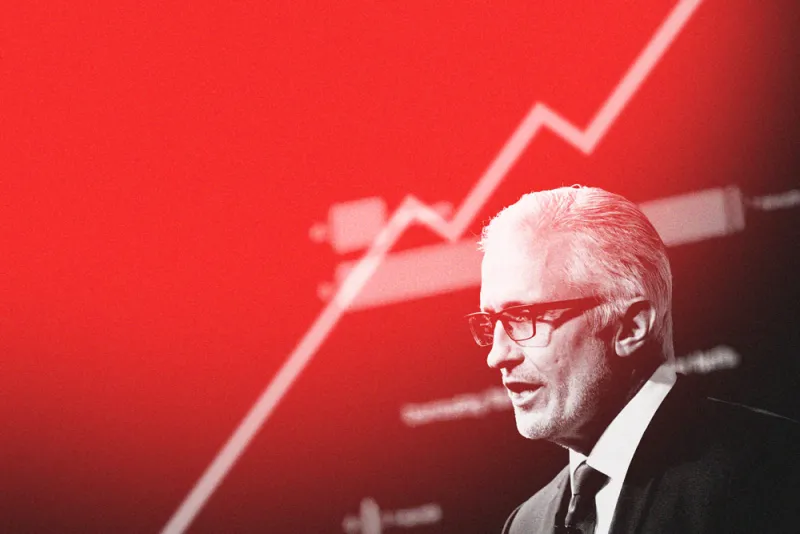Private equity giant TPG is taking advantage of booming markets to go public next week, but critics say it is inflating the returns of its funds — and burying the bad news — in its S-1 registration statement for the IPO.
The Fort Worth, Texas-based private equity firm said in the S-1 that its funds had returned more than 20 percent on a net basis over the past 10 years. But that number may be significantly higher than what investors actually took home, as it obscures the fact that a significant chunk of those gains are only estimates, according to a January 4 letter to the Securities and Exchange Commission written by Eileen Appelbaum, the co-director of the Center for Economic and Policy Research, and Jeff Hooke, professor at Johns Hopkins University Carey Business School.
Appelbaum and Hooke argued that TPG’s lofty returns are based on a faulty internal rate of return methodology, which is the subject of much debate. Meanwhile, another measure mentioned in the IPO prospectus, called “gross MoM,” referring to multiple on money invested, is a “misleading statistic absent of many fees,” they claimed.
“Investors in a public company need more disclosure than is provided by TPG’s documentation sent to the SEC,” Appelbaum said in a statement. “Investing in this company is riskier than it appears in the SEC filing.”
Early on in the lengthy registration statement, TPG said that its funds have returned a net 21 percent per year, on an IRR basis, over the past 10 years. In their letter to the SEC, Appelbaum and Hooke noted that much of that value is “unsold marked to market estimates” — a fact they say is buried within the prospectus.
About 22 percent of all the value in the “capital” funds — also known as private equity buyout funds — was unrealized as of September 30, according to a table in the prospectus that lists funds going back to 1993.
“The investment performance of the last three Capital buyout funds is heavily dependent on what TPG says the unsold portions of those funds are worth,” the co-authors said. “This fact (on page 185) should be indicated in the summary, and it should not be buried in the risk factors section or page 185.”
The reported returns, Appelbaum and Hooke added, “are not real cash.”
Another misleading statistic is the “gross MoM” number, they said. This multiple is widely viewed as a better judge of real gains than the IRR methodology, which can be gamed by the use of credit lines to boost returns on equity and by realizing big gains early on in the life of fund, they explained. The IRR methodology assumes that those same gains will continue for the life of the fund, while MoM is the actual money investors receive at the end of a fund’s life.
Appelbaum and Hooke argued that the IRR return statistics “should also be shown ‘with credit line’ (which is the number shown in the S-1) and ‘without credit lines.’ The ‘without’ statistic is a better indication of TPG’s investment prowess, since it does not inflate the IRR.”
They added that TPG should use a “net MoM” number because the gross number “is a misleading statistic absent of many fees.”
“If the S-1 showed the net MoM, the investors would see that the average Net MoM for the Capital funds is about 20 percent lower than those gross stats on page 185,” they added.
While not included in the prospectus, various data services have said that TPG’s likely net MoM statistic would be 1.6x instead of the gross number of 2.0x listed in the S-1, according to the authors.
That is another indication that the annual returns are overstated, they cay. “How can a 10-year TPG fund have a “cash in/net cash out to investors” ratio of say 1.6x, and yet indicate a compound IRR of 21 percent? A 21 percent IRR over a six-year average life portfolio would show a ratio of 3.14x (1.21 to the sixth power), not 1.6x.”
Applebaum and Hooke concluded that private equity “accounting and performance measurement is complex. We are looking forward to seeing the SEC stop rubber-stamping everything the PE industry puts in front of it.”
TPG said this week that it plans to raise about $1 billion in the IPO, selling 33.9 million shares at a price between $28 and $31 each. The firm did not respond to a request for comment on the letter to the SEC.







